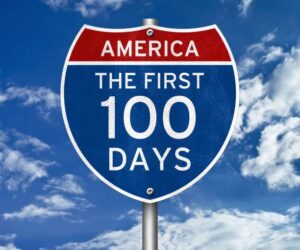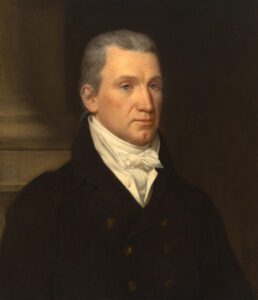A teacher wants you dead. Barney Fife knew the answer.
A teacher at Waterville Senior High School in Maine, JoAnna St. Germain, posted on Facebook calling for the U.S. Secret Service to “take out” President Donald Trump AND his supporters to prevent a civil war, claiming Trump is not a legitimate president. She expressed willingness to do it herself if she had the skills.
I figure she realized she had committed a serious crime because she tried to clarify what she meant but failed miserably. As is customary by the Left, she also compared Trump to Hitler.
If she believed she had committed a crime, she was right. Her statements prompted investigations by local law enforcement, the Department of Homeland Security, and the school district, with the superintendent addressing safety concerns.
So, it was time to double down. St. Germain remained defiant, aware she might lose her job, but refused to retract her statements. But here’s the problem: it’s becoming a trend of increasing political violence and extremist rhetoric from the Left.
Continual references to Hitler in the context of comparing someone like Trump to him escalate tensions and potentially incite violence. The reality is we don’t have a Hitler in our midst and haven’t in this country as long as I can remember, but the comparison is highly charged.
For the ignorant, it evokes extreme historical connotations of tyranny and genocide, designed to inflame and polarize. When repeated, it vilifies a person or their supporters; it may contribute to a climate where some individuals feel justified in extreme actions, including violence.
By who? Well, the ignorant have been mentioned. There is another group. Repeatedly stating “Trump is Hitler,” there is a group on the fringe that sees it as a call to action and escalates the chance of violence among unstable individuals. My concern is that the fringe element on the Left continues to grow.






